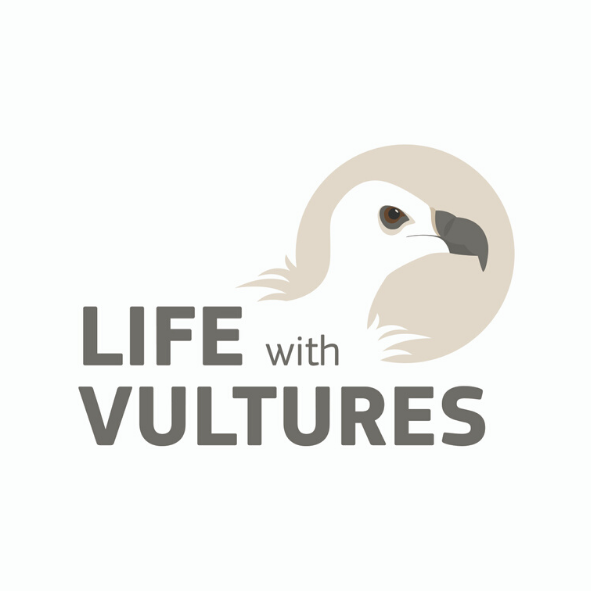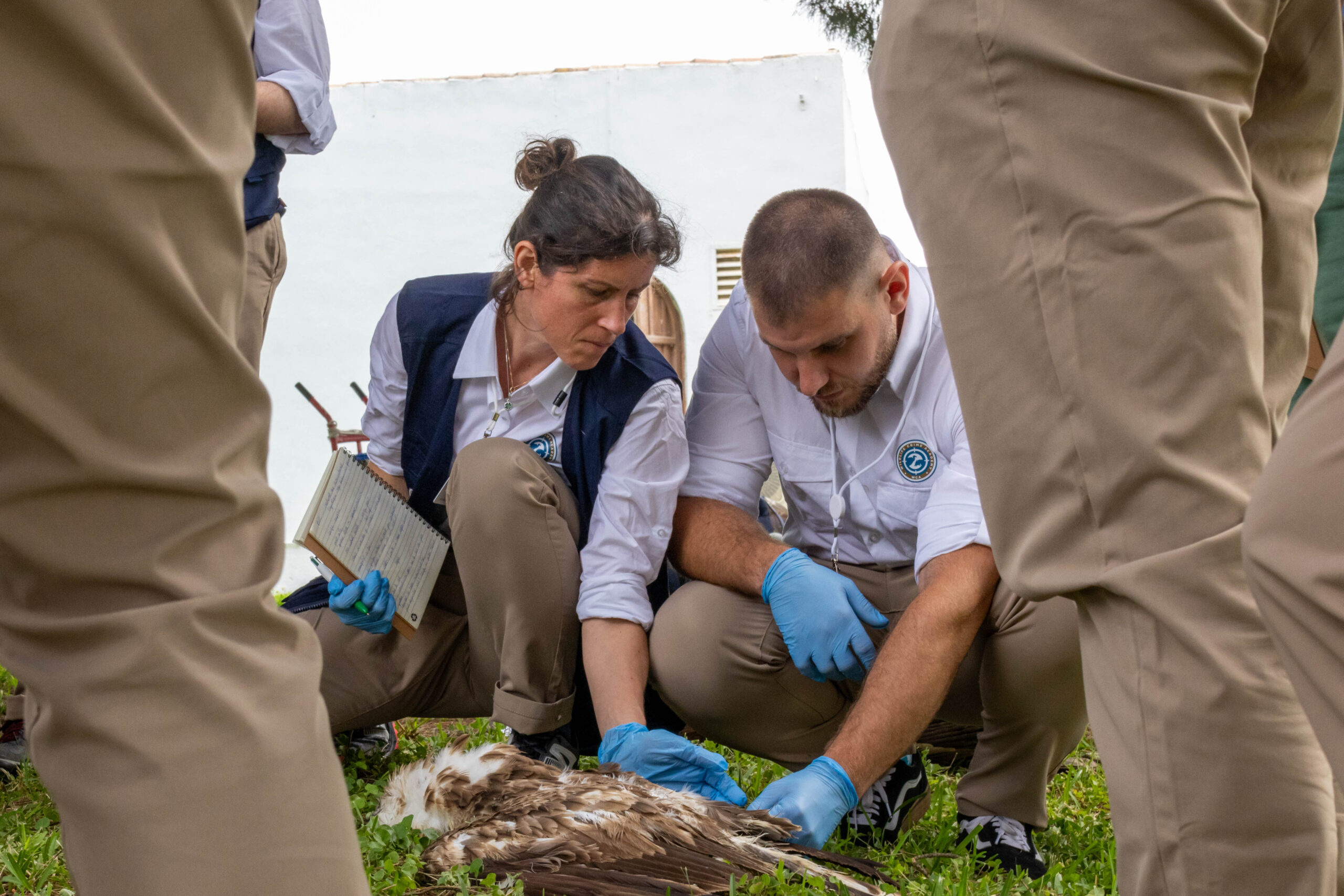
Collisions with dangerous powerlines pose a significant threat to vultures and other bird species in Europe and across the globe. To mitigate this threat, the LIFE with Vultures project team has identified powerlines deemed dangerous for the Griffon Vulture in Cyprus in an effort to secure them and help prevent potential collision accidents.
The threat of dangerous powerlines to vultures and birds
Overhead power lines can often have negative impacts on wildlife – especially birds. Collisions with these structures are responsible for the death of millions of birds worldwide, particularly raptors and other large birds, and can often lead to significant population declines. When it comes to vultures, electricity infrastructures dangerous for electrocution and collision are severe but under-estimated threats according to the Vulture Multi-species Action Plan (Vulture MsAP), co-developed by the Vulture Conservation Foundation (VCF) and endorsed by the Convention for Migratory Species (CMS). Vultures are often unable to distinguish powerlines or cables against the background of the natural vegetation, resulting in mostly fatal collisions. The deaths from such threats are sadly underreported – in Spain, for example, only 10% of the mortality caused by collision with energy infrastructure is recorded. With a continuously expanding power line network, it is becoming increasingly challenging to find solutions and urgent to mitigate this threat.
Measures to help reduce bird collisions

To reduce bird collisions, conservationists use various methods of wire-marking to make overhead power lines more visible to birds. A study published in the Journal of Environmental Management (Bernardino et al. 2019) evaluated the overall effectiveness of wire-marking in reducing bird collisions with power lines and showed that these are reduced by 50% on average. In Cyprus, conservationists already marked some dangerous high-voltage power lines with specialised devices known as “fireflies” to make them more visible to birds and minimise collisions. They implemented these mitigation measures in areas used by large migratory birds and resident birds of prey such as the Bonelli’s Eagle. The LIFE with Vultures project will also use such anti-collision devices to mark power lines identified as dangerous for the Griffon Vulture.
Even one Griffon Vulture collision threatens the vulnerable population

In Cyprus, at least one probable vulture collision incident with power lines has been recorded so far in December 2018, which has led to the death of one Griffon Vulture. Given the critically small size of the Cypriot population (approximately 20 birds) and its susceptibility to extinction, even the loss of one bird to collisions with power lines constitutes a significant blow to the population.
Identifying and marking dangerous powerlines in Cyprus
The LIFE with Vultures project team recently conducted a study to identify the most dangerous power lines for vulture collisions. Initially, they marked power lines on maps in areas used by Griffon Vultures. In these areas, the study analysed the heights at which vultures fly and identified risky flight zones in relation to the heights of the electricity pylons and the overhead power lines. The specialised GPS transmitters fitted to several vultures also proved valuable in retrieving and analysing all vulture movement data. The project team also evaluated other factors such as the estimated vulture home and core ranges, the locations of feeding stations and acclimatisation aviaries, and key feeding, breeding and roosting sites. In collaboration with the Electricity Authority of Cyprus, the project team will gradually mark the parts of power lines identified as dangerous with fireflies. The project will also be conducting monitoring surveys at the identified lines to evaluate their effectiveness in reducing collisions and/or electrocutions.
Continuous research and monitoring are essential to better understand the key threats facing the Griffon Vulture to guide relevant conservation and management actions. Identifying and marking dangerous power lines is one of many actions undertaken by the LIFE with Vultures project team to address the key threats to the species.
The LIFE with Vultures project

LIFE with Vultures is a targeted conservation project for the protection of the Griffon Vulture in Cyprus. In this four-year endeavor (2019-2023), BirdLife Cyprus, the Game and Fauna Service, Terra Cypria – The Cyprus Conservation Foundation and the Vulture Conservation Foundation have joined forces to tackle the main threats facing the Griffon Vulture and prevent Cyprus’ most threatened bird of prey from going extinct. The project has a 1,375,861 Euro budget and is co-funded (60%) by the EU’s LIFE programme.

Source: LIFE with Vultures



